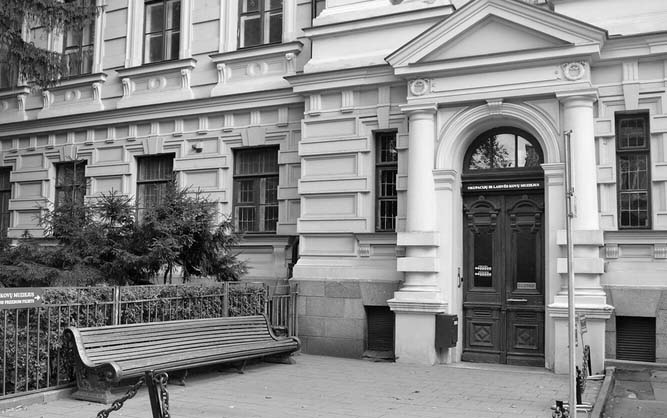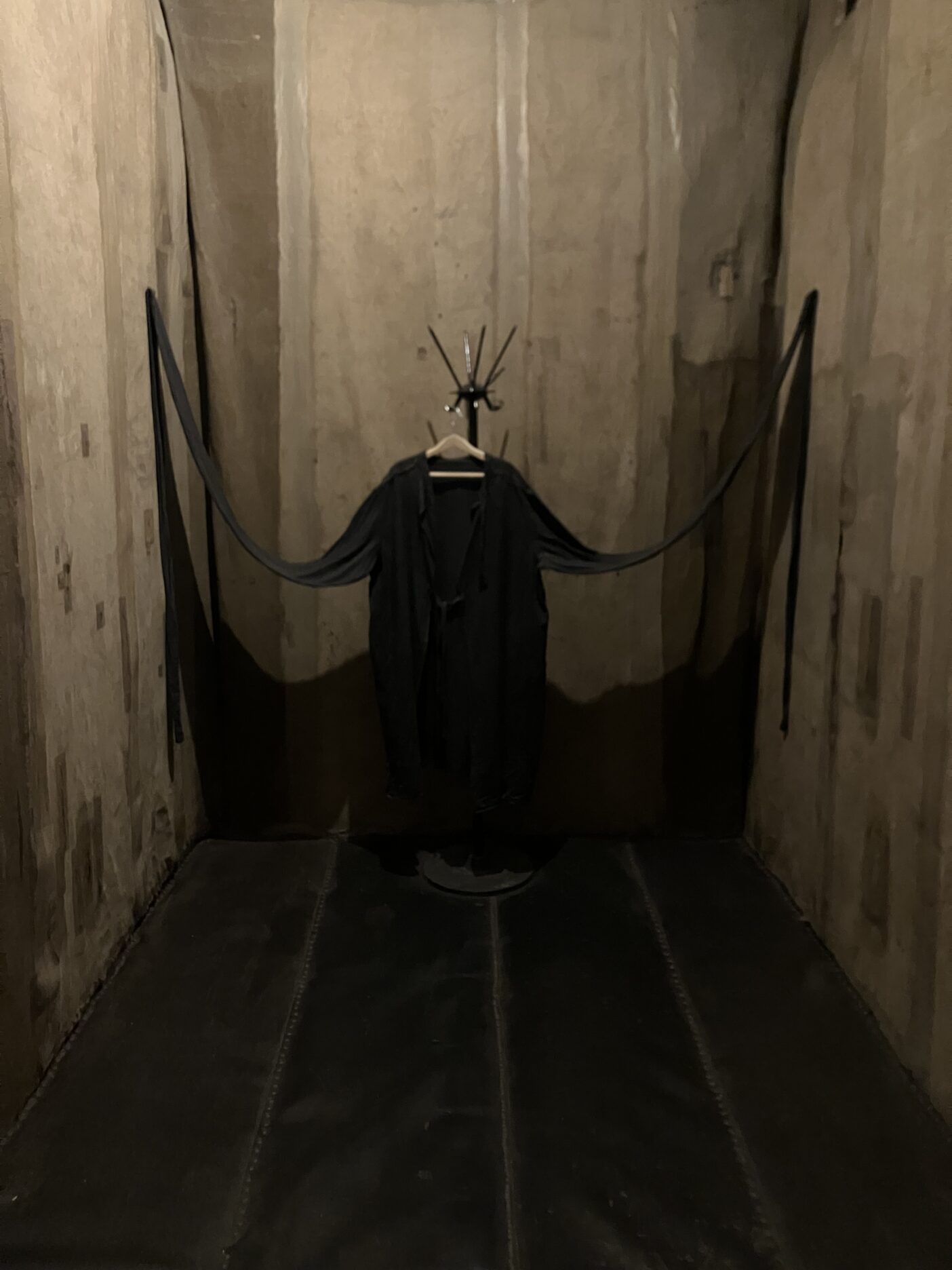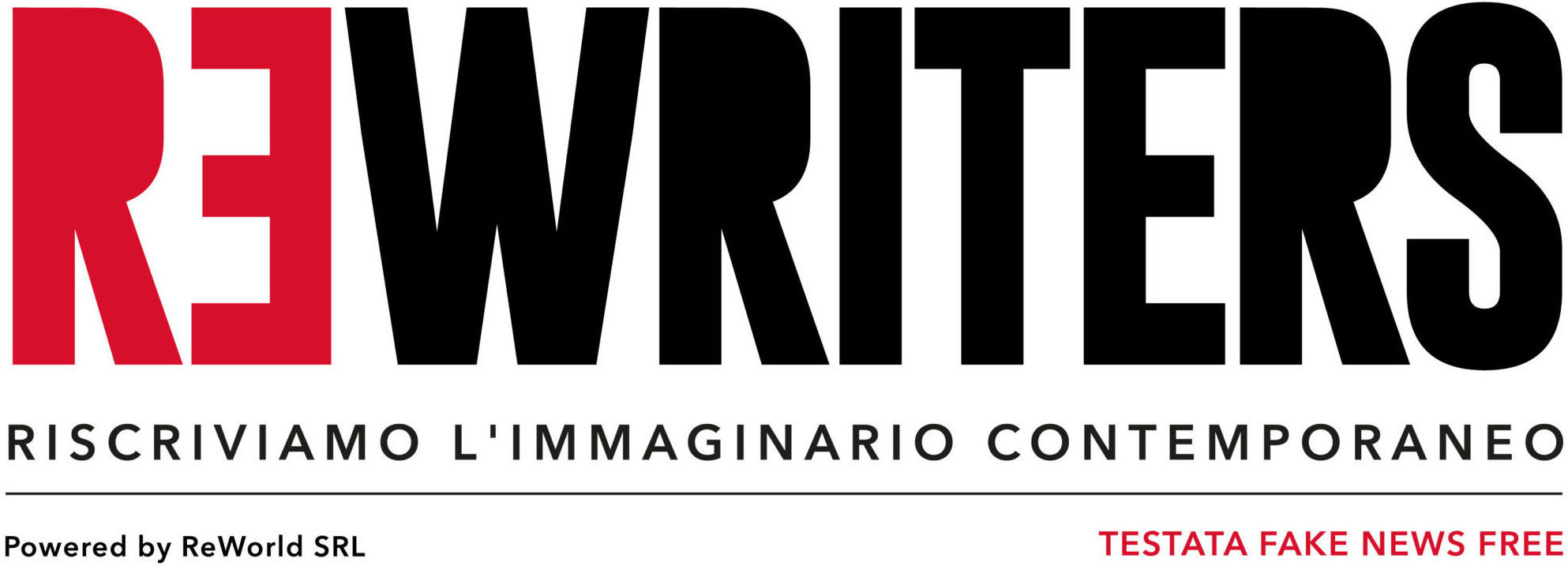Il Museo delle Vittime del Genocidio di Vilnius: un contesto storico a realtà contemporanee
Il Museo delle Vittime del Genocidio e delle Guerre di Liberazione di Vilnius non è sempre stato un museo. La storia

Il Museo delle Vittime del Genocidio e delle Guerre di Liberazione di Vilnius non è sempre stato un museo. La storia

English version below
Il Museo delle Vittime del Genocidio e delle Guerre di Liberazione di Vilnius non è sempre stato un museo. Dal 1940 al 1991, la NKVD e il NKGB-MGB-KGB operarono tra le mura che oggi sono visitabili. In quegli anni, fu un luogo di repressione e tortura, con l’obbiettivo di preservare l’autorità dell’Unione Sovietica nel controllo totale del popolo lituano.
Oggi, l’obiettivo del museo è quello di conservare e promuovere materiale storico-documentario che racconti la storia del genocido fisico e spirituale, come definito dai coordinatori del museo, del popolo lituano, da parte del regime sovietico. Una parte importante dell’obiettivo di documentazione storica del museo si concentra sui metodi di resistenza usati dal popolo lituano. È un’ode alla forza e il coraggio di coloro che hanno combattuto per la propria libertà, e per quella della loro cultura e del loro paese.
Una parte importante del museo si dedica alle 35 deportazioni di massa in Lituania. 130 000 persone, dei quali 70% erano donne e bambini, furono trasportate in campi di lavoro. La pena del gulag era per i dissidenti e prigionieri politici, per sopprimere e intimidire qualsiasi sforzo di resistenza.
Nel seminterrato del museo si trova la prigione, mantenuta fedele agli usi storici, nella quale sospetti erano interrogati e imprigionati. È un luogo che dà i brividi, e che ricorda una storia di oppressione risvegliata dall’invasione dell’Ucraina da parte della Russia. Un contesto di censura, tortura e repressione imperiale che si ripete un secolo dopo.
La guerra partigiana cominciata durante il periodo dell’occupazione sovietica continua oggi, l’Ucraina e la Palestina essendone solamente due esempio.

ENGLISH VERSION
The Vilnius Genocide Victims and Freedom Fights Museum was not always a museum. From 1940 to 1991, the NKVD and the NKGB-MGB-KGB operated within the walls which can be visited today. In those years, it was a place of repression and torture, with the aim of preserving the authority of the Soviet Union in total control of the Lithuanian people.
Today, the museum’s objective is to preserve and promote historical-documentary material that tells the story of the “physical and spiritual” genocide, as defined by the museum coordinators, of the Lithuanian people by the Soviet regime. An important part of the museum’s historical documentation focuses on the methods of resistance used by the Lithuanian people. It is an ode to the strength and courage of those who fought for their freedom, and that of their culture and their country.
An important part of the muzzle is dedicated to the 35 mass deportations in Lithuania. 130,000 people, of whom 70% were women and children, were transported to labor camps. The gulag punishment was for dissidents and political prisoners, to suppress and intimidate any resistance efforts.
In the basement of the museum is the prison, kept faithful to historical uses, in which suspects were interrogated and imprisoned. It is a chilling place, reminiscent of a history of oppression awakened by Russia’s invasion of Ukraine. A context of censorship, torture and imperial repression that repeats itself a century later.
The partisan warfare that began during the period of Soviet occupation continues today, Ukraine and Palestine being only two examples.
